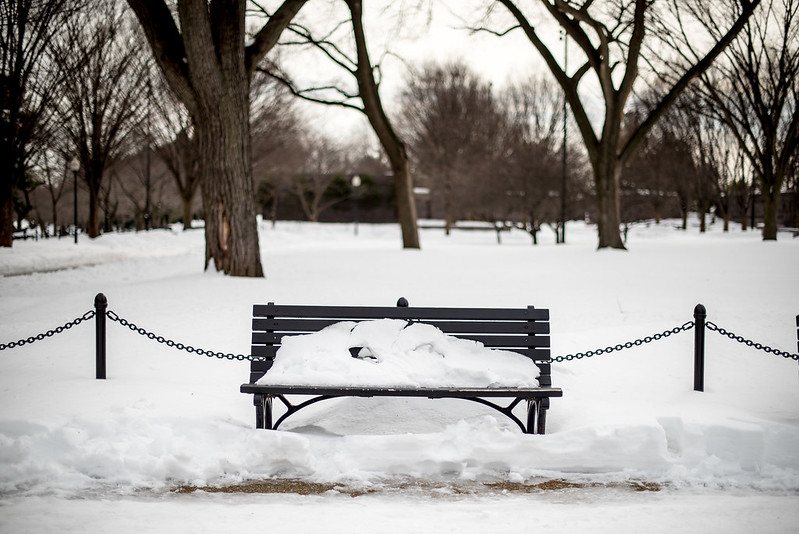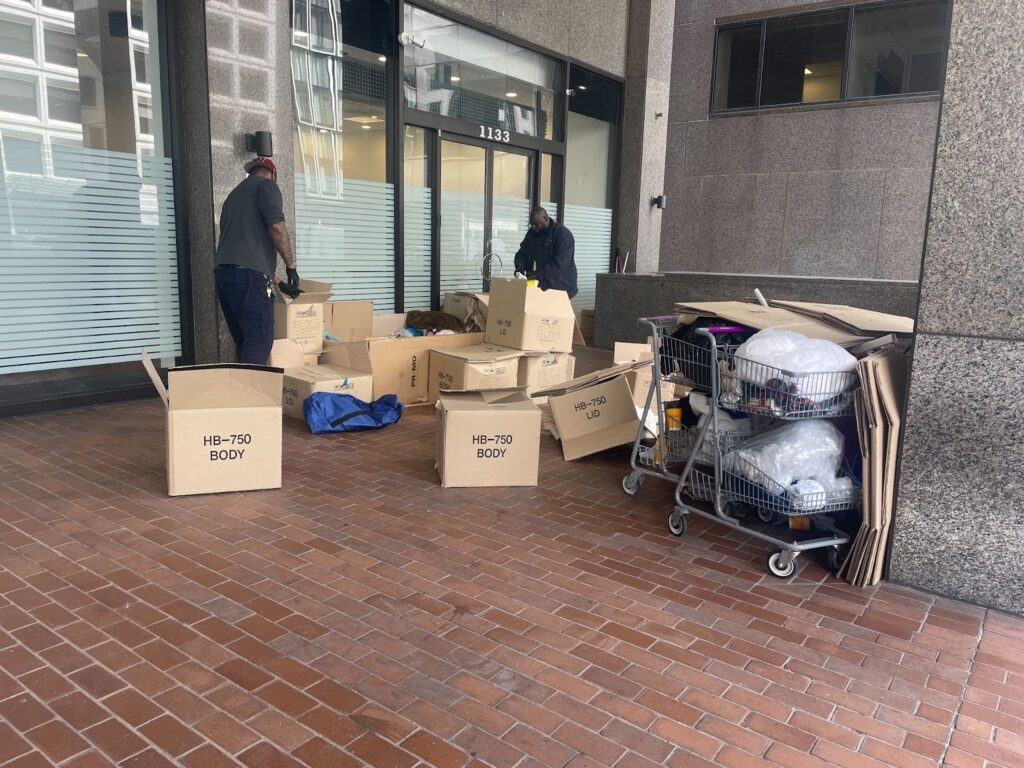The D.C. Interagency Council on Homelessness (ICH) shelter capacity subcommittee submitted a proposal for how to provide enough beds and physical space in shelters this winter.
The plan prepares D.C.’s low-barrier emergency shelters for hypothermia season, where D.C. is required by law to provide housing for all who request it when temperatures with wind chill are at 32 degrees or below, or 40 degrees and below with a greater than 50% chance of precipitation. Hypothermia season typically extends between Nov. 1 to March 31 annually. The Homeless Services Reform Act requires D.C. to have a plan to guarantee this right to shelter completed by the end of the fiscal year in September.
The ICH shelter capacity subcommittee met June 23 and July 15 to create recommendations for necessary bed numbers for the upcoming hypothermia season, based on past year’s data from the Community Partnership for the Prevention of Homelessness.
[Read More: Uncertainty over housing complicates DC’s preparations for hypothermia season]
This year, the shelter capacity subcommittee recommended the city provide 1,500 beds for men and 625 beds for women. This year’s recommendation for 124 more men’s beds, but only one more women’s bed, comes amid concerns over how the end of the eviction moratorium could impact numbers of people experiencing homelessness. Last winter, the highest reported occupancy of beds was 1,350 men and 540 women.
In past years, the city’s hypothermia plan annually relies on three types of facilities: its year-round low-barrier shelters, along with seasonal shelters and overflow shelters — mostly recreation centers converted to shelter space for the evening. Seasonal shelters are introduced on the first night a hypothermia alert is announced and remain open for the rest of the hypothermia season with more seasonal shelter space coming online as facilities near capacity. Overflow shelters only open on nights the hypothermia alert is activated.
According to the subcommittee’s recommendations, the beds proposed for this winter could include seasonal, overflow nights, and beds from the Pandemic Emergency Program for Medically Vulnerable Individuals (PEP-V) that was started in April 2020.
The PEP-V program, which includes four hotels to shelter people with underlying conditions in non-congregate spaces during the pandemic, is scheduled to end Sept. 30 when the opportunity to request reimbursement for program costs from FEMA ends with the fiscal year.
According to D.C. Department of Human Services spokesperson Lauren Kinard, the use of PEP-V beds has not been confirmed for the winter season. As of July 7, PEP-V housed 493 residents, according to DHS’s latest biweekly report to the D.C. Council Committee on Human Services. PEP-V residents must return to congregate shelters or outdoor living if they are not matched to a housing resource by the end of September.
This year’s plan will have to adapt to changes in COVID-19, the draft states. Current shelter capacity limits remain lower than pre-pandemic levels in order to encourage social distancing and not all additional shelter spaces may be able to operate 24/7. Since the pandemic, shelters have been operating 24/7, but keeping communities in place to avoid the spread of COVID-19.
“While this Winter Plan provides a framework for our hypothermia season operations in light of COVID-19, we know we will need to be flexible as the conditions around us continue to change,” the draft plan states.
During the 2020-2021 winter season, the hypothermia alert was activated on 114 days. From fiscal year 2016 to fiscal year 2019, at least 8 people experiencing homelessness have died due to hypothermia conditions, with the statistics from the 2020-2021 winter yet to be calculated. At least one death is known to have been due to hypothermia in 2020.
According to the draft, D.C. is shifting its homelessness strategy away from a shelter-based system to a focus on stabilization services and permanent supportive housing, as outlined in the Mayor’s recently released Homeward DC 2.0. Homeward DC 2.0 is the second phase of the city’s plan to make homelessness “rare, brief, and nonrecurring.” In the meantime, however, hypothermia planning aims to protect people currently experiencing homelessness.
The ICH Emergency Response and Shelter Operations (ERSO) committee will meet virtually at 1 p.m. on July 28 to discuss and edit the first draft of the winter plan. Following approval by ERSO, a finalized plan will be presented to the ICH Executive Committee by mid-August.








